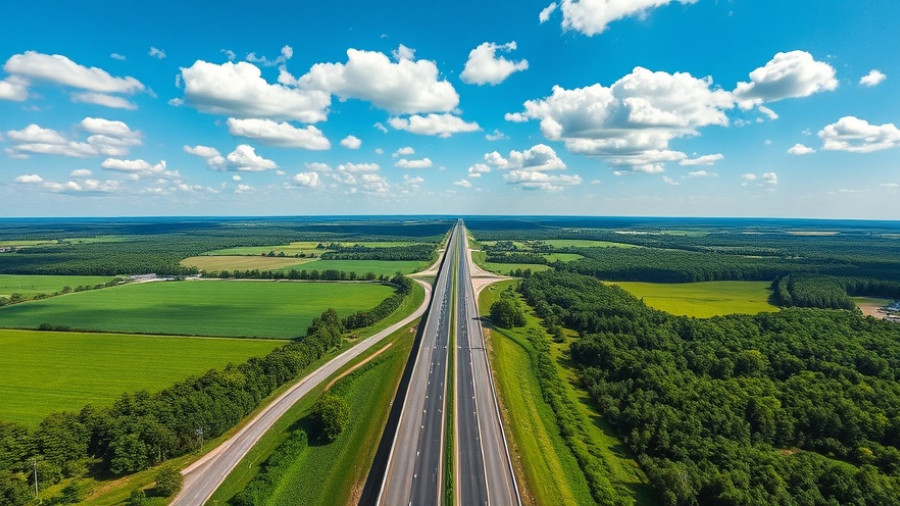
The Promise of the Vientiane-Hanoi Expressway
As we look towards the future of travel in Southeast Asia, the upcoming Vientiane-Hanoi Expressway promises to transform how people and goods move between Laos and Vietnam. The Lao government recently embarked on an ambitious project to construct the second segment of this vital expressway, which will enhance connectivity in the region and promote sustainable travel options. With construction set to begin soon and completion expected by 2030, the new expressway is poised to have far-reaching implications for tourism and transport efficiency.
Connecting Borders: A New Era for Trade
The expressway will join Laos to Vietnam, reducing travel times and establishing a more direct route for trade. Stretching approximately 203.8 kilometers, this section connects Paksan district to the Laos-Vietnam border and is valued at an estimated USD 1.9 billion. Once finalized, it will complement the already completed Section 1, further boosting economic relations between the two countries. With a modern transport corridor facilitating deeper ties, local businesses stand to benefit from the uptick in travel and commerce.
Tackling Challenges: Acknowledging the Terrain
While the project bears much promise, the hurdles to its completion must not be underestimated. Phonepasert Inthasone, President of 3S Development Co., Ltd., highlighted several challenges, including land compensation issues and navigating the difficult terrain encompassing forests, mountains, and reservoirs. These challenges underscore the need for meticulous planning and innovative solutions, ensuring that development is both sustainable and respectful of the natural environment.
Enhancing Sustainable Travel: A Perspective Shift
The Vientiane-Hanoi expressway aligns with a growing trend towards sustainable travel in the region. As people increasingly seek eco-friendly options, this new roadway promotes efficient transport while minimizing adverse environmental impacts. Accessible routes are vital for responsible tourism, encouraging travelers to explore Laos and Vietnam in a way that respects local communities and ecosystems.
Building Bridges, Not Walls: Connecting People
Improved accessibility is key to fostering social connections. The expressway will make it easier for people to visit family, friends, or places of interest across the border. These connections are vital not only for tourism but also for cultural exchange. As travelers move more freely between the two countries, they will bring diverse experiences and stories that enrich and strengthen their communities.
A Glimpse into the Future: Regional Interconnection
This expressway is not just a local initiative but part of a grander vision — the East-West Economic Corridor that aims to link countries in the Mekong region to the Indian and Pacific Oceans. This interconnected infrastructure will support trade and cultural exchange and is essential for developing a prosperous regional economy. As investments in such projects continue, the entire Mekong area stands to flourish economically and socially.
Inspirational Insights: Lessons from Infrastructure Growth
The challenges faced during construction remind us of the importance of planning and community involvement in infrastructure projects. Stakeholders must work collaboratively to ensure that projects like the Vientiane-Hanoi expressway benefit everyone equally. Looking back at successful infrastructure projects worldwide, we see that fostering community relationships, prioritizing environmental sustainability, and planning for the future are essential for lasting impact.
Take Action: Be Part of the Change
The development of the Vientiane-Hanoi expressway presents an exciting opportunity for sustainable tourism and regional connectivity. As this infrastructure project unfolds, become an informed traveler who prioritizes eco-friendly travel choices and showcases responsible tourism practices. Stay engaged with the emerging opportunities in the region and participate in shaping a sustainable future.
 Add Row
Add Row  Add
Add 




Write A Comment